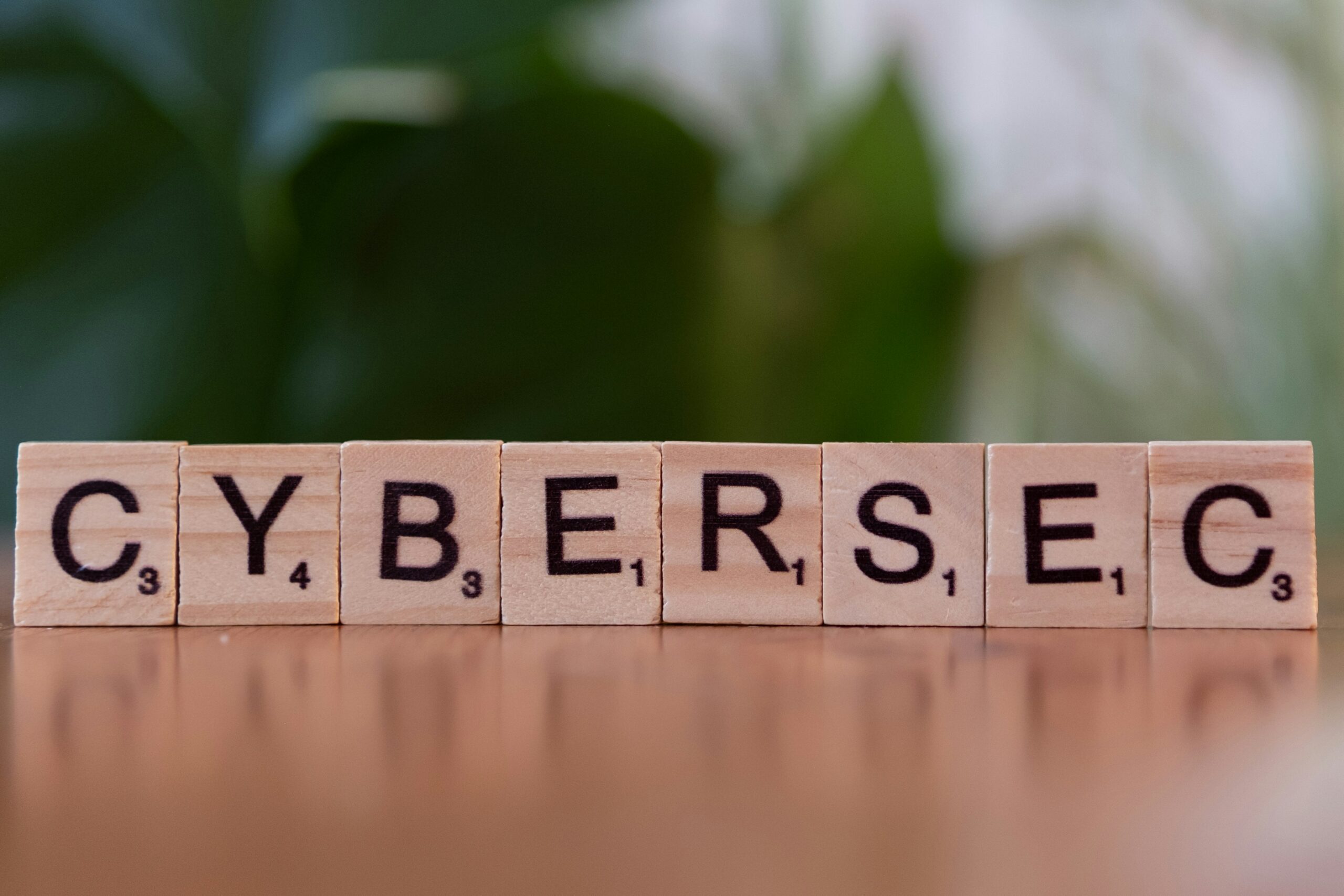Physical Address
Ottawa ,ON, Canada
Physical Address
Ottawa ,ON, Canada

Stay protected in the digital age with this secure digital workspace 2025 checklist. Learn essential cybersecurity steps including MFA, VPNs, strong passwords, and backups.
In today’s fast‑paced digital world, protecting your devices, accounts, and sensitive information has never been more important. The ultimate checklist to secure your digital workspace in 2025 ensures you stay safe from evolving cyber threats. Whether you work remotely, manage a small business, or simply want to safeguard personal data, this guide will help you build a secure and productive digital environment.
👉 Learn more about cybersecurity essentials at Cybersecurity & Infrastructure Security Agency (CISA).
Passwords are the first line of defense. Using the same one across multiple accounts increases your vulnerability.
Tips:
MFA adds an extra security layer by requiring something you know (password) and something you have (verification code).
Why it matters in 2025:
Cybercriminals exploit outdated systems. Regular updates fix vulnerabilities and strengthen defenses.
Checklist:
👉 Read more about patch management at Microsoft Security Blog.
Recommended VPNs:
👉 Learn more about why VPNs are essential at Electronic Frontier Foundation (EFF).
Losing data can be just as harmful as a cyber attack. Keep files secure with reliable cloud solutions.
Tips:
Limit who can access sensitive files and accounts. This is especially important for businesses and teams.
Steps:
Human error remains the biggest security risk. Phishing, weak passwords, and unsafe downloads are still common attack methods.
Training Checklist:
👉 For AI‑powered tools that boost productivity and security, visit our AI Tools Directory.
👉 Read our guide on Best Laptops for AI Development in 2025 to secure your workstation with the right hardware.
Securing your digital workspace isn’t optional — it’s essential. By following the ultimate checklist to secure your digital workspace in 2025, you can protect your accounts, devices, and data from cyber threats. Strong passwords, MFA, VPNs, and cloud backups are simple steps that make a huge difference in staying safe and productive online.
Cover Image Photo by Markus Winkler on Unsplash